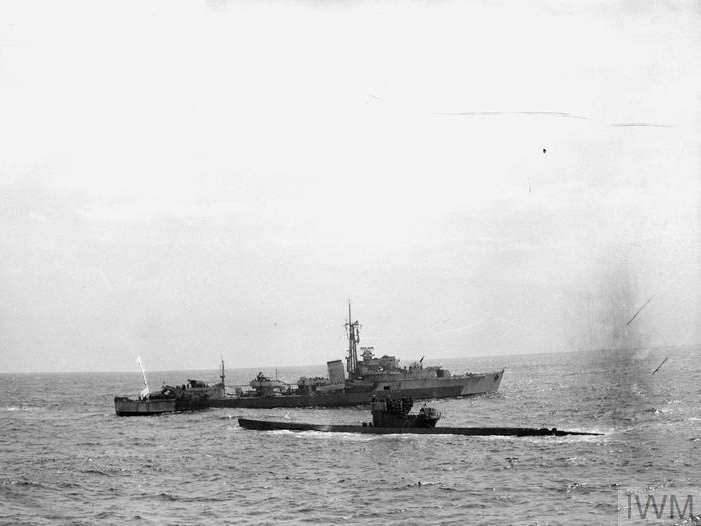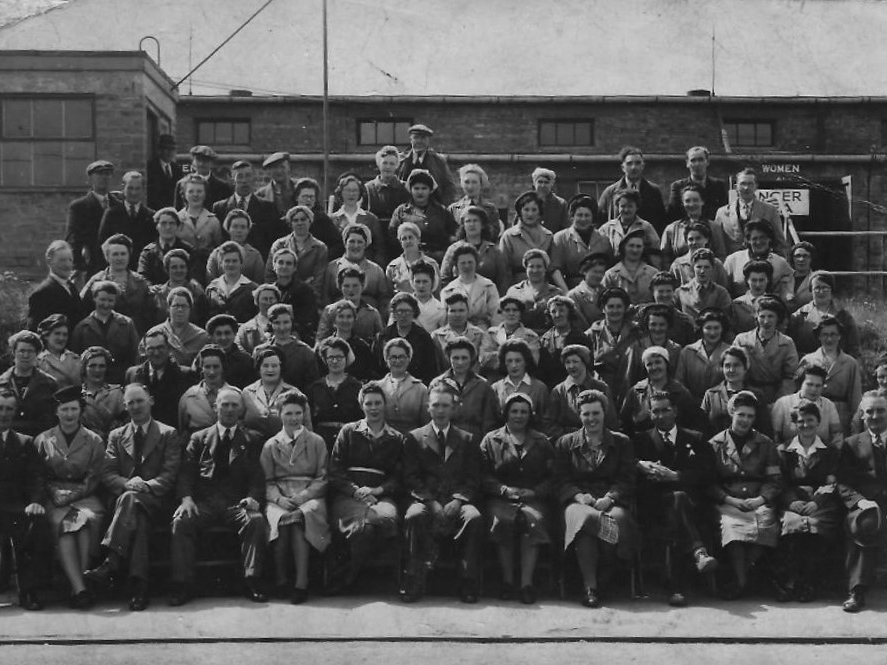We would like to monitor how you interact with this website so we may continue to improve it.
The 6th May 1945 was the final major day of combat in Western Europe during the Second World War. That Sunday the 16th Armoured Division of General George S. Patton’s American Third Army captured the Czech city of Plzeň, close to Prague, having got the furthest east of any of the Western Allies. Much to Patton’s disgust, his soldiers were prevented from advancing any further eastwards due to the occupation agreement between the Americans and the Russians.
Many local soldiers from the Borough of Hartlepool, serving with the British 2nd Army which had captured Hamburg, or the British 8th Army on the northern border between Italy and Austria, also stopped advancing that day. From later oral histories we know that many soldiers were looking forward to the imminent victory against the Germans, but were also worrying about being subsequently transferred to the Far East to reinforce the ongoing fighting against the Japanese.
Back at home, this day was just like any other Sunday during the war. Many people attended church. There had been few Sunday newspapers for years, as shortages of paper meant that most newspapers could only be printed only every other day. There were no National League football matches. Instead football was arranged on a regional and local basis, with limited crowd sizes, and professional matches played mainly to keep up public morale rather than for commercial gain. Football was, however, encouraged as a way for soldiers, sailors, and public employees to keep fit.

Sunday wasn’t, however, a day of rest for Hartlepool’s war-workers
Throughout the war the Hartlepool shipyards and engineering works continued operating at full capacity for 24 hours a day, 365 days a year. For example Hartlepool shipbuilders Gray and Company were a major builder of the “Empire” class of armed merchantman, adapted merchant ships for the cold weather they would encounter on the Arctic Convoys, and acted as major repair facility for Royal Navy warships. Many young women joined the shipbuilding workforce during the war, being employed as riveters, electricians, crane operators, and as lorry and train drivers. Other women worked in the steelworks at Seaton Carew, including operating the furnaces and pouring the molten metal.
Women also worked in making munitions. Unlike during the First World War, there were no munitions factories located in the Hartlepools. Instead, every day of the week a fleet of buses collected women from across the Borough to take them to work at the Royal Ordnance Factory at Wedne, near Darlington. Even in 1945 the exact location of this factory was kept top secret to avoid it being attacked by the Luftwaffe. Here, alongside some 17,000 other women from across Teesside and County Durham, the “Aycliffe Angels” worked constantly for the war effort. Records show that between 1941 and 1945 they manufactured an amazing 700 million bullets at the factory, as well as millions of other munitions.
One thing local people were less concerned about in 1945 was the danger of air raids, as the Germans had ceased attacking the Borough from the air from the summer of 1943.
Between June 1940 and March 1943, however, there had been 43 air raids over the Hartlepools, resulting in a total of 70 people being killed and over 6000 buildings damaged. The worst raid was on the night of the 19th August 1941, when a single 1000 kg German “Luftmine B” parachute mine missed the docks, and landed instead near the junction of Elwick Road and Houghton Street. Twenty-three people were killed by the explosion.


Borough Hall

